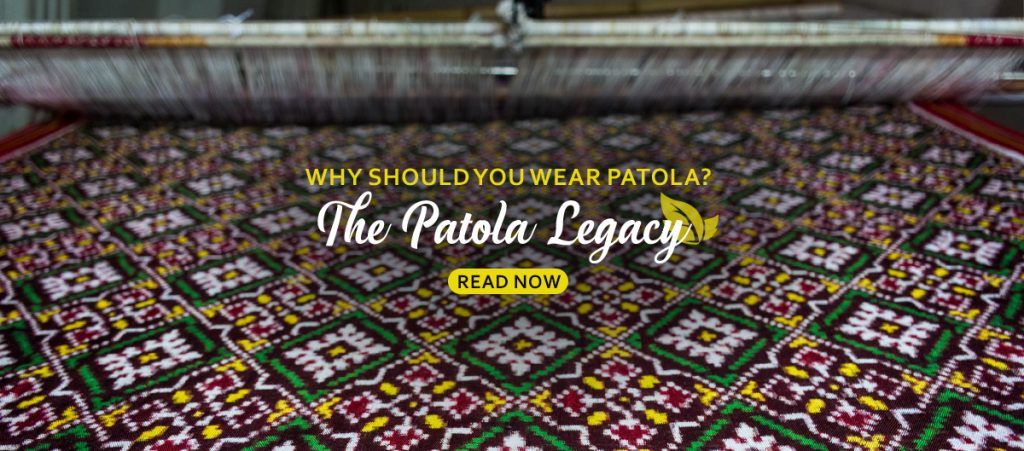
The incredible precision, patience, and artistry of India are seemingly recognized around the globe. The features that depict the Indian handicraft are absolutely jaw-dropping with its vibrancy, intricacy and sheer techniques. Among the numerous apparel art forms practiced in India, one of the precious crafts done with the dying method of “tie-dye” rules the Indian heart and also the pride of India. The age-old process of “tie-dyeing” on the drapery of saree has got a special recognition as the “Patola” saree. The Patola saree is the second most adored tie-dyed apparel after the treasured “Bandhani Saree”.
The customary tale of patola saree starts from the state of Gujarat that lies in the western part of India. The place called patan around 127 kilometers away from Ahmadabad in Gujarat makes the origination towards the patola art that dates back to 700 years ago. The artistic approach towards patola was inherited by the “Selvi” caste of weavers wh
The specialty while manufacturing the patola silk sarees is that the weft and warp yarns are first dyed before weaving them. This particular technique of dying both warp and a weft thread is called as “double-ikat” and that’s why the patola saree is also known as “double-ikat” or ikat silk sarees. The duration to make just the design for tie-dye on the warp and weft thread takes about 3 to 4 months for a single saree of 6 yards in length and 48 inches in width. Two workers in a day weave just 8 inches to 9 inches on the saree and it takes approximate of 40 to 50 days to weave the whole saree. If 4 to 5 weavers are working on the single saree it takes a minimum duration of 5 to 6 months or it may take more time depending on the intricacy of the design.
The distinguishing designs practiced on patola sarees are the geometric patterns. The other specific designs such as boxes, stripes, squares, floral, leaf, patterns of five petal flowers i.e. panchphool are formed on the saree. While dying mostly natural dyes are 
Now you can shop this gorgeous drapery of traditional patola saree at your very own “Samyakk” store that brings for you the numerous options of color schemes and patterns to suit your personality beautifully for the occasion.

